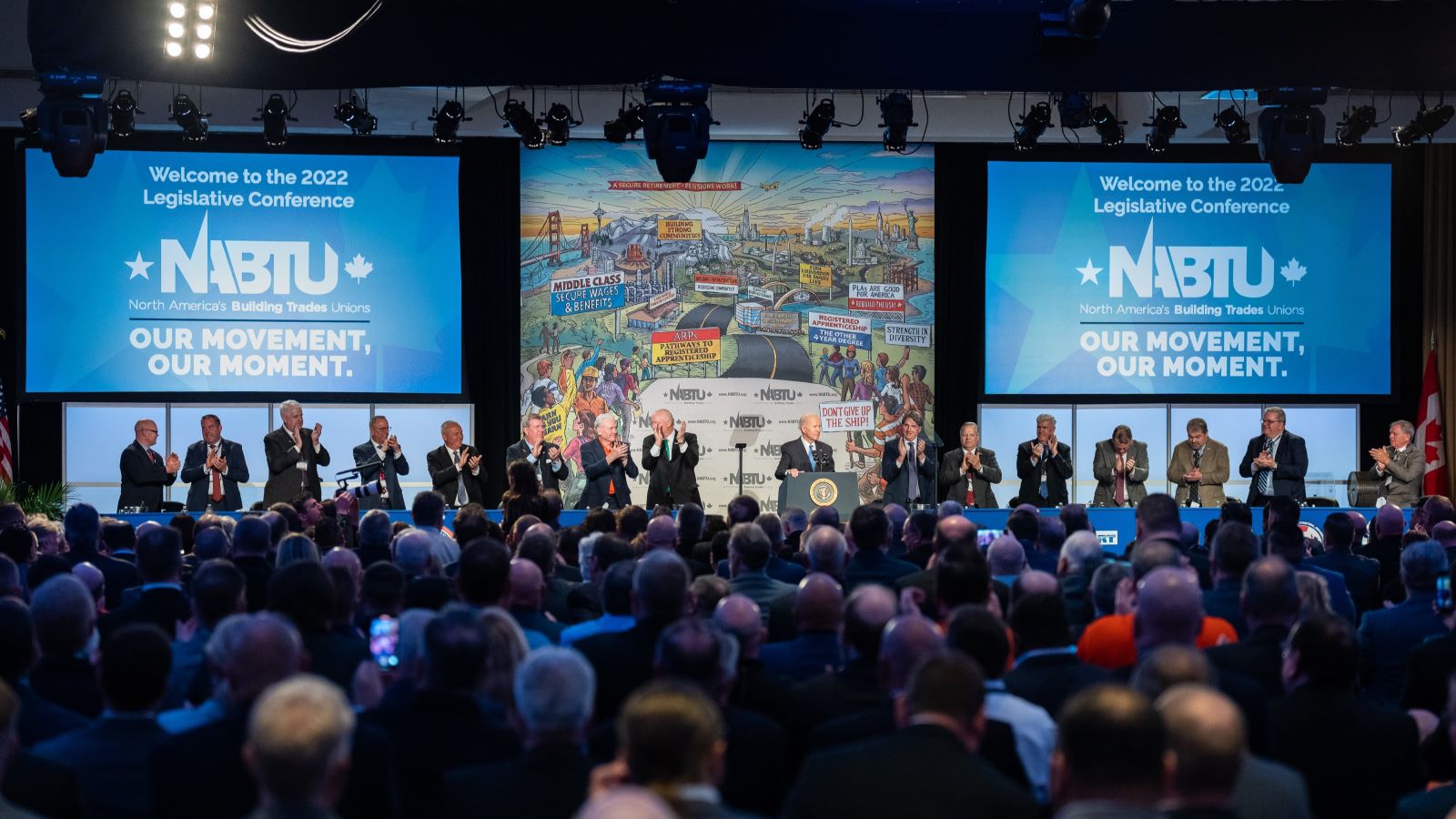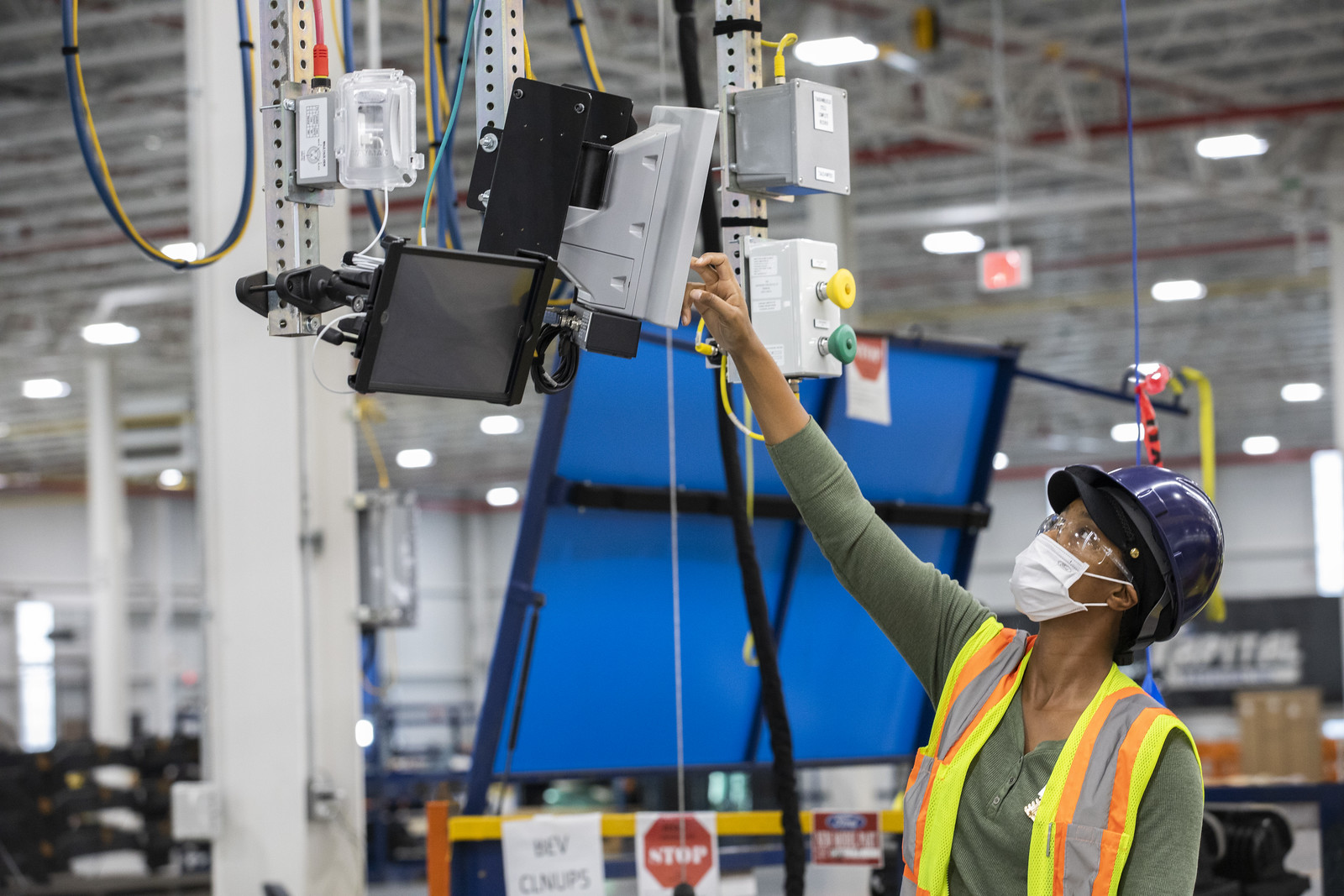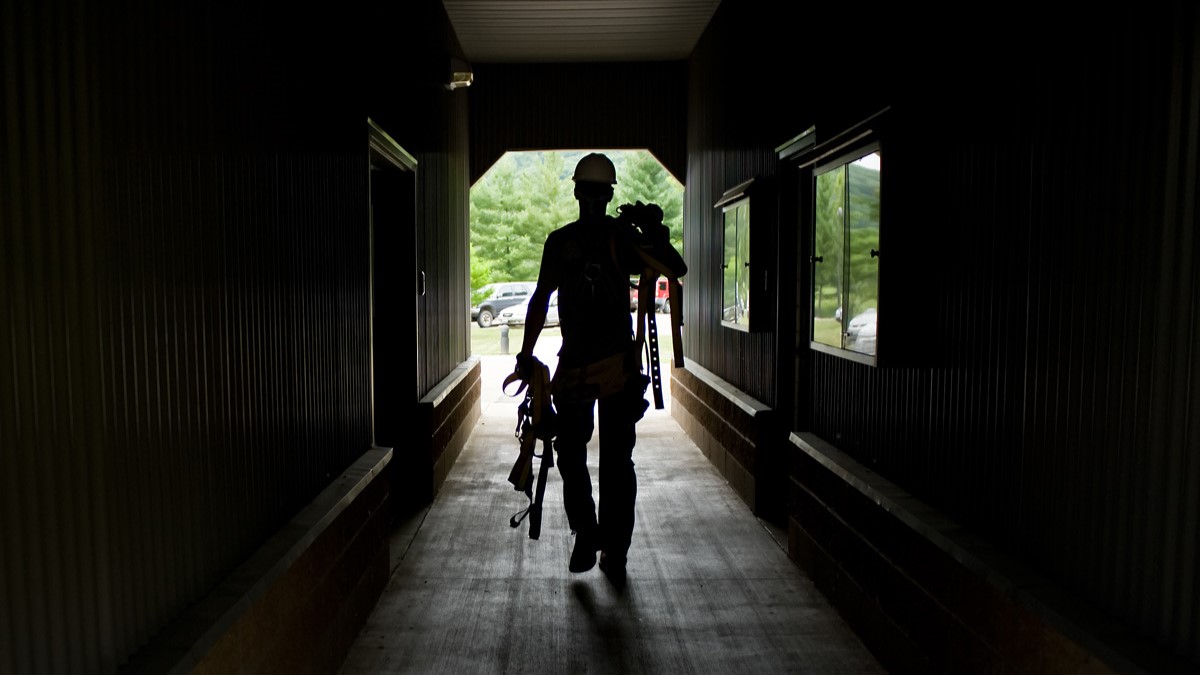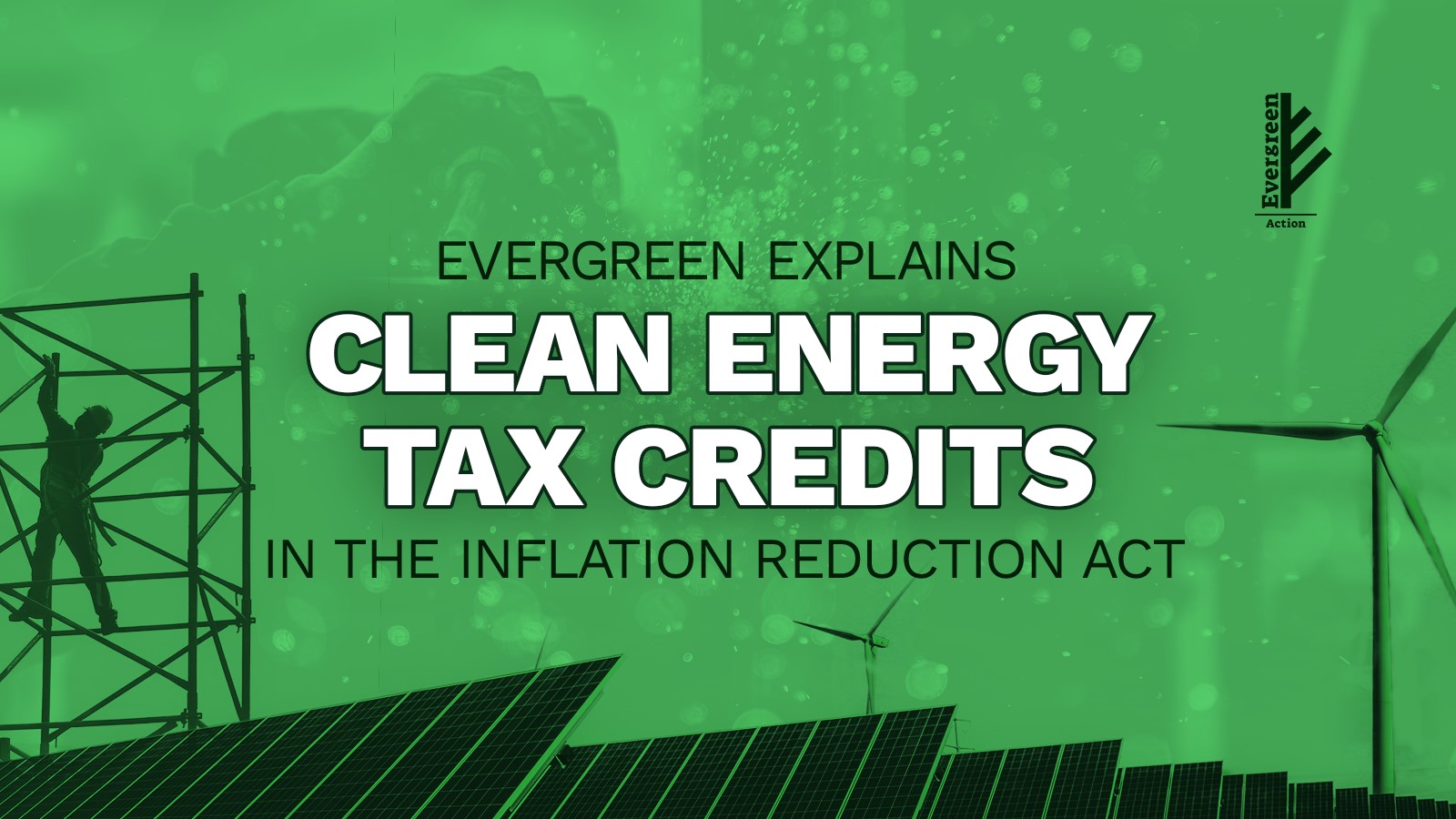The IRS rule puts a central plank of the good clean energy jobs agenda into place. The labor incentives it regulates apply to twelve major clean energy tax credits, covering everything from utility-scale solar to electric vehicle chargers. An analysis commissioned by the BlueGreen Alliance found that these credits would collectively create more than 2.3 million jobs, and Credit Suisse projects that just four of those credits would deliver $326 billion of investments before factoring in additional labor and siting incentives.
Ultimately, the IRS’s guidance means the bulk of those jobs will be subject to rigorously enforced labor standards, and hundreds of billions of dollars will help create climate and clean energy jobs. That’s a huge win for workers across the country.
What Do Labor Standards Have to Do With Climate Action?
Creating good jobs in the clean energy transition is an economic, political, and ethical imperative. The clean energy transition is an economic transformation on the scale of the Industrial Revolution. As we undertake the mammoth task of moving the world away from fossil fuels, we must seize the simultaneous opportunity to strengthen the American economy by undoing the harms of policies that prioritize profits over people, rebuilding a strong middle class, and reinvigorating disinvested communities.
Leveraging climate policy to usher in a new era for organized labor would help close the racial wealth gap, improve public health outcomes, and build a more resilient national economy. Investing in working families through climate action will also create strong political support for the clean energy transition. And beyond economic and political realities, we must also recognize a clear, collective responsibility to build a more just economy that prioritizes workers over corporate profits.
What High-Road Labor Standards Are Included in the IRS’s New Law?
By incentivizing high-road labor practices, the IRA’s clean energy tax credits make significant progress on climate action for jobs and justice. The law applies both Prevailing Wage and Apprenticeship (PWA) incentives to ten major credits, including some of the highest-impact provisions in the climate package. Through those credits, the federal government effectively reimburses developers for some amount of the cost of building or operating new clean energy projects. The IRA’s labor incentives dramatically boost the size of that reimbursement—in general, a taxpayer who meets the PWA standards will see their credit value quintupled.. It’s a win-win for workers and employers, proving that profits and strong labor standards can go hand-in-hand in the clean energy economy.
For example, the clean energy investment tax credit for a project that doesn’t meet PWA standards is worth 6 percent of project cost; the credit for a project that does meet PWA standards is worth a whopping 30 percent of project cost. The incentives are so robust that it’s hard to imagine a given project developer opting out of receiving the full credit amount—especially in industries where labor costs are only about 10-20 percent of the full project cost.
Prevailing Wage
The covered IRA tax credits require meeting the prevailing wage requirement in order to get the full credit value. Tying the full credit value to PWA standards, as pioneered in Washington by the Clean Energy Transformation Act signed by Washington Governor Jay Inslee in 2019, is a powerful force for good jobs in the clean energy economy. For the IRA’s tax credits, meeting the prevailing wage requirement means that all workers handling construction, alteration, and repair for a certain time period must be paid no less than the prevailing wage. The U.S. Department of Labor (DOL) establishes prevailing wage rates by county and for each classification of worker based on survey data it collects from construction projects in the area. Prevailing wages therefore prevent the erosion of local wages and benefits and ensure that clean energy workers are paid a fair wage.
Apprenticeships
The apprenticeship requirement further calls for 15 percent of construction labor hours for each clean power project to be performed by an apprentice. Apprenticeships are a critical pathway into good union jobs, and this stipulation will help build a durable workforce with a new generation of well-trained clean energy workers. By increasing the number of union apprentices working on clean energy projects, the apprenticeship provision will also indirectly boost union membership in years to come.
These stipulations are all laid out in the IRA statute; after the law passed, IRS was tasked with figuring out how to implement and enforce them. In its recent rulemaking, the agency effectively finalized its plan for doing so. Its guidance goes a long way toward ensuring these incentives will have their intended impact on creating good jobs in the clean energy transition.





